Scenes, Models and Scripts
Everything you create in Dax Phyz can be saved to file, copied to the clipboard, cut, duplicated, exported, pasted, loaded or imported as a model or scene.
To use one of the models or scenes below, you can either save it as a file and use File/Open, or you can copy the text of the model to the Windows Clipboard and use Edit/Paste.
Use the F5 key to make the model come alive (turn physics on).
Wedge.pzs |
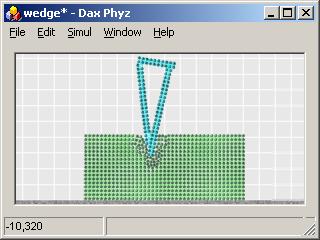 |
|
Pong.pzs
|
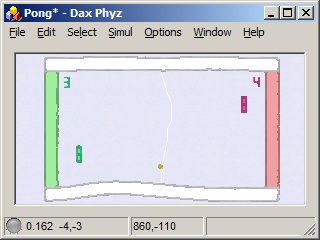
|
Metaballics.pzs |
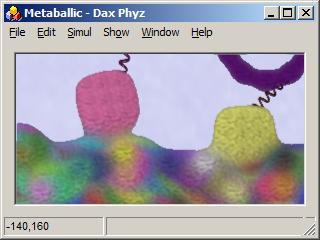 |
Hammer.pzs |
 |
Hammer.pzs |
 |
Babylonian.pzs |
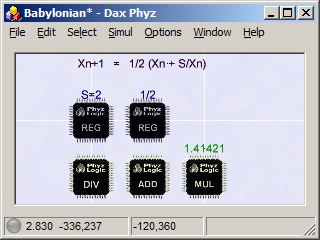 |
Gyro.pzs |
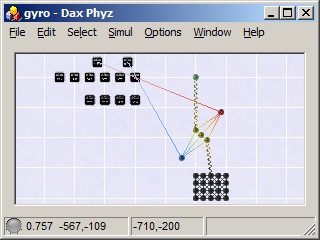 |
Yoda.pzs |
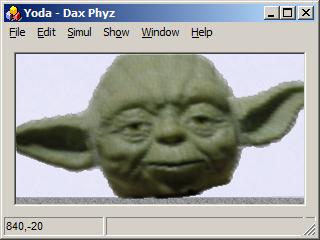
|
ChargeBall.pzs |
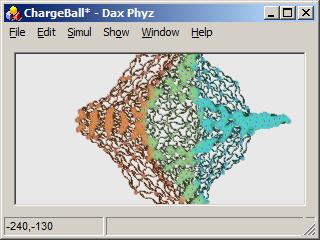 |
Magnets.pzs |
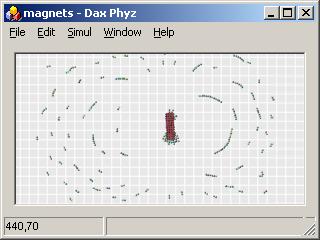 |
Balloon.pzs |
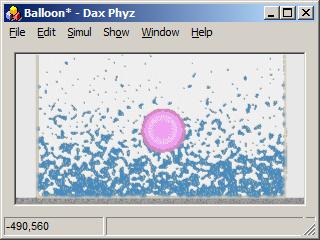 |
Balloon2.pzs |
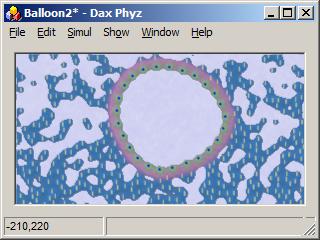 |
Rocket.pzs |
 |
Carnot.pzs |
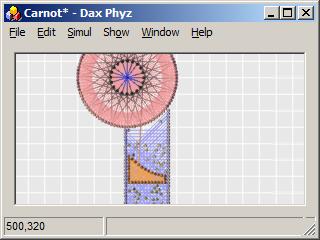 |
SuspBridge.pzs |
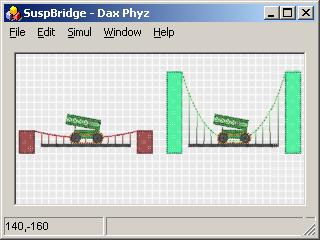 |
SB.lzp |
 |
Stack128.pzs |
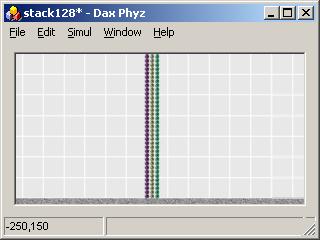 |
|
Bandwagon.pzs A chain wrapped around two rocket-propelled wheels. Because of the large "area" of contact, the band can climb over obstacles much better than standard wheels. |
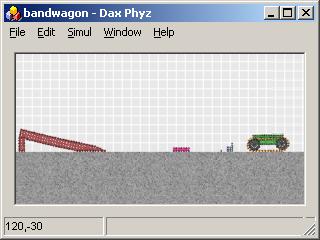 |
Catapult.pzs |
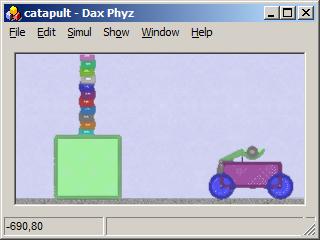 |
Cannon.pzs |
 |
not_0.pzs |
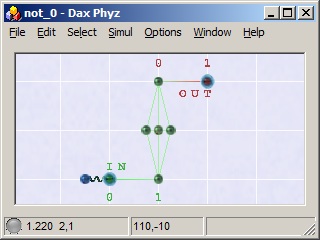 |
not_0_spring.pzs |
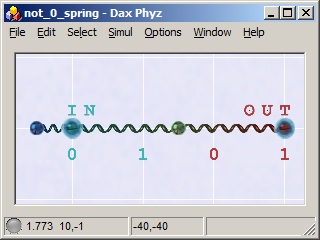 |
or_11.pzs |
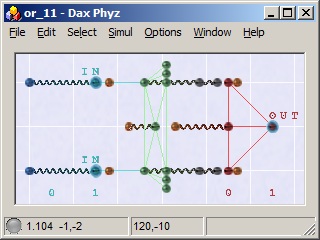 |
and_00.pzs |
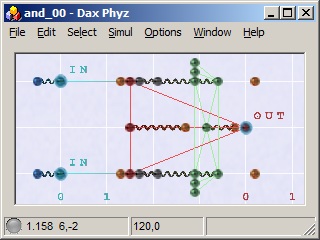 |
xor_00.pzs |
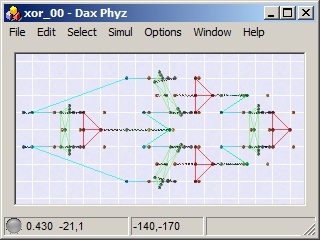 |
xor_alt.pzs |
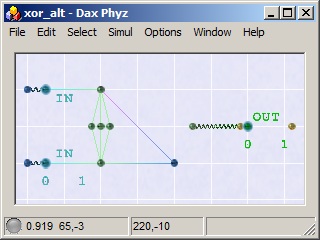 |
ms-latch.pzs |
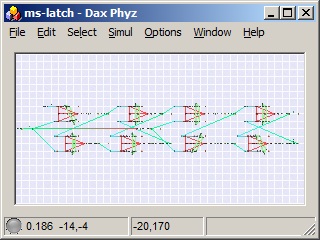 |
DigCount.pzs |
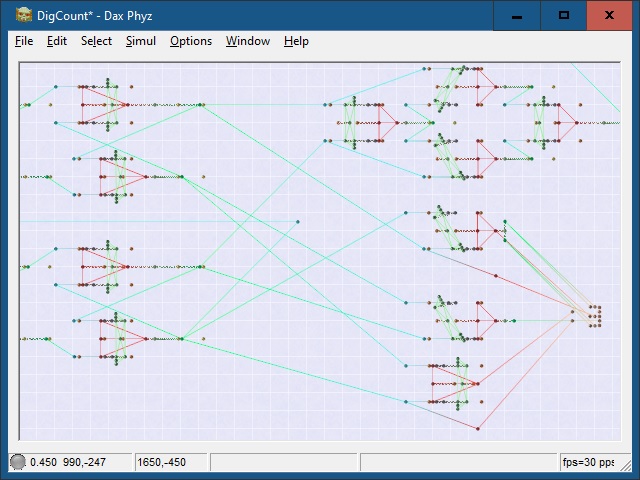
|
Motor.pzm |
 |
|
Superwalker.pzs |
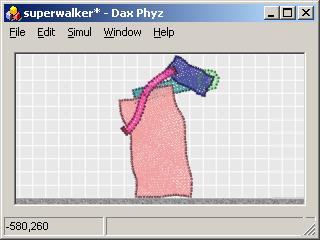 |
InvPend-PL5b.pzs |
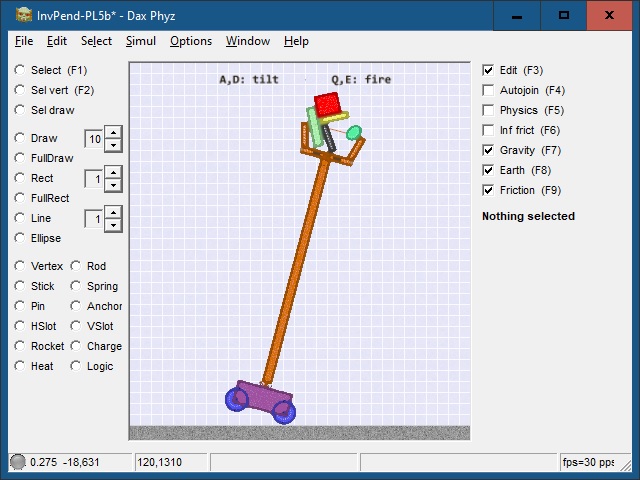
|
Gun.pzs |
 |
ShootEmUp.pzs |
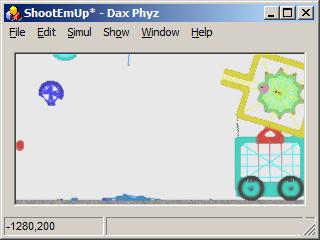 |
ShootEmUp.lzp |
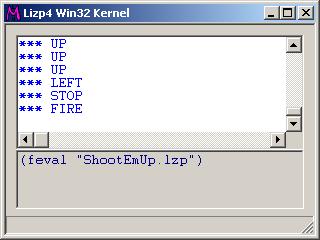 |
ElastColl.pzs |
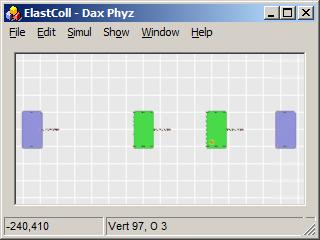 |
Domino.pzs |
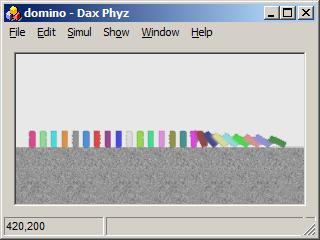 |
Ragdoll.pzs |
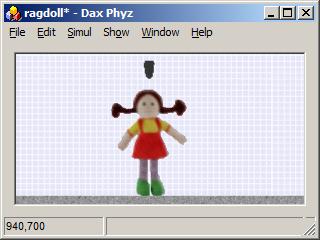 |
Convection.pzs |
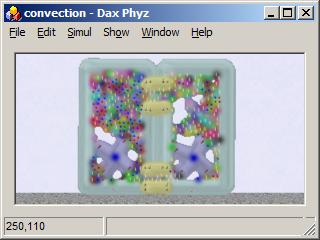 |
Jessica Rabbit.pzs |
 |
Bomb3.pzm |
 |
Phyz.pzs |
 |
Windtunnel2.pzs |
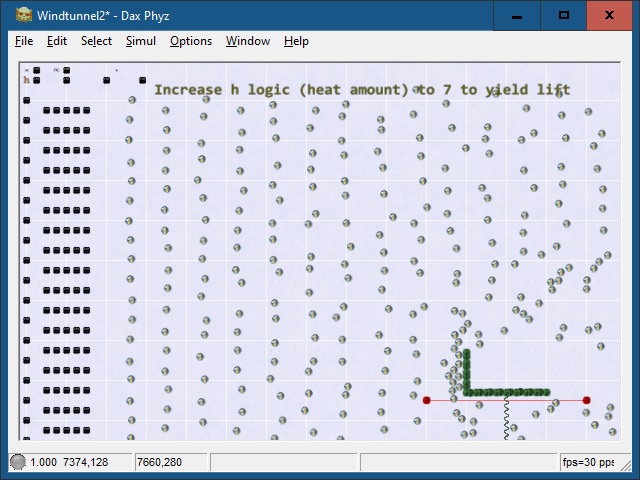 |
HeliString.pzs Use the rocket (at the end of the cable) to simulate a hanging weight (rocket angle -90) or a parachute (angle 0). |
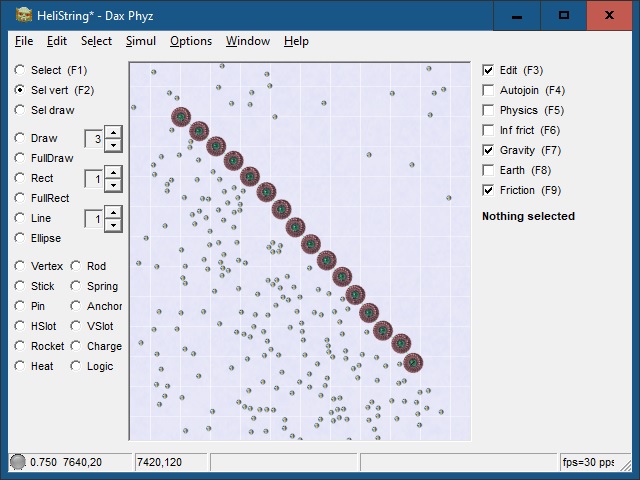
|
HeliString4c.pzs Simulating constant acceleration can be tricky, since the objects tend to fly away. Thanks to Phyz Logics, we can repeatedly reset the test object's position. |

|
VirtGrav.pzs |
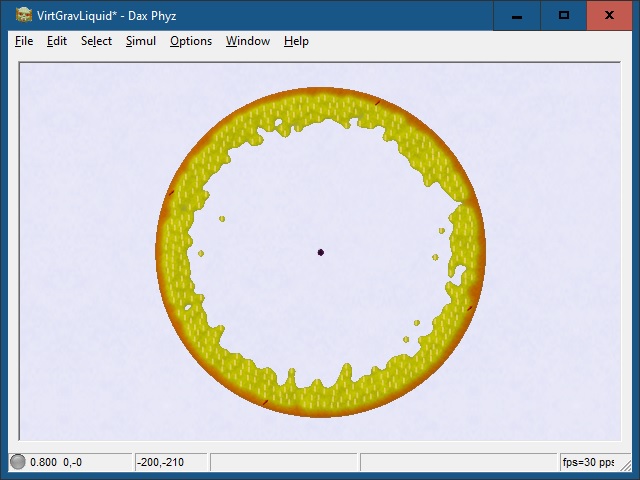
|
